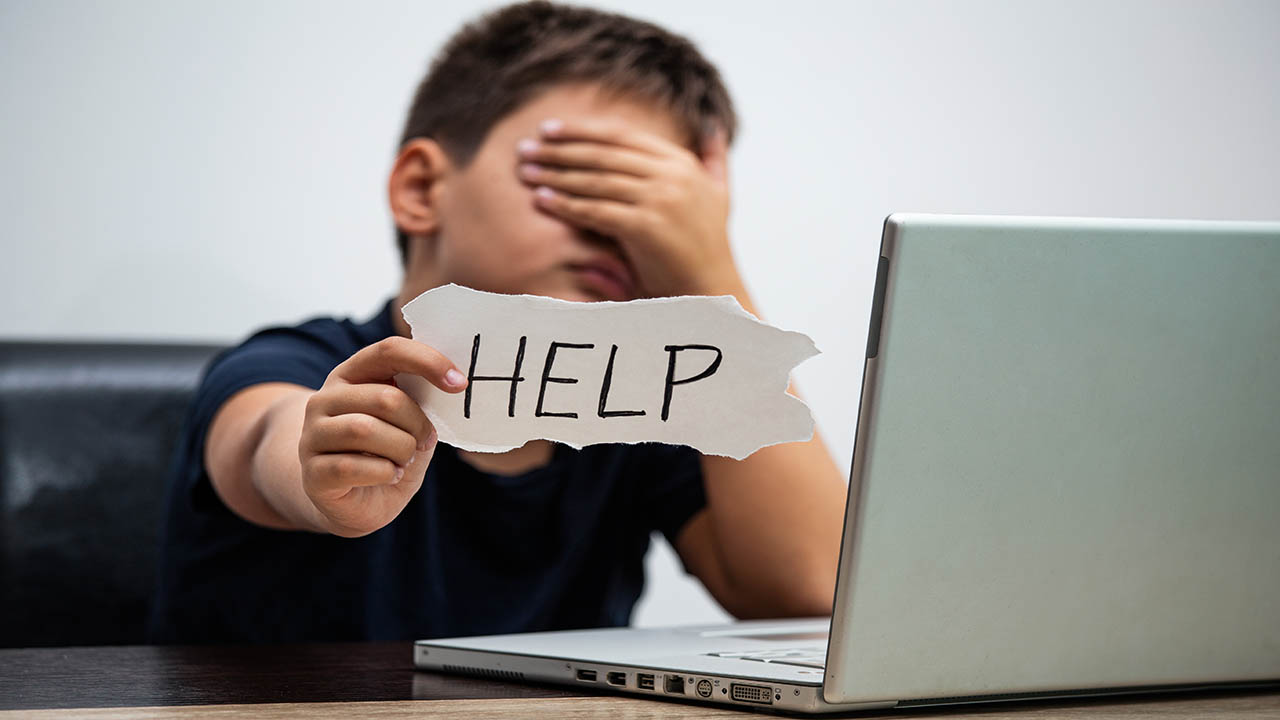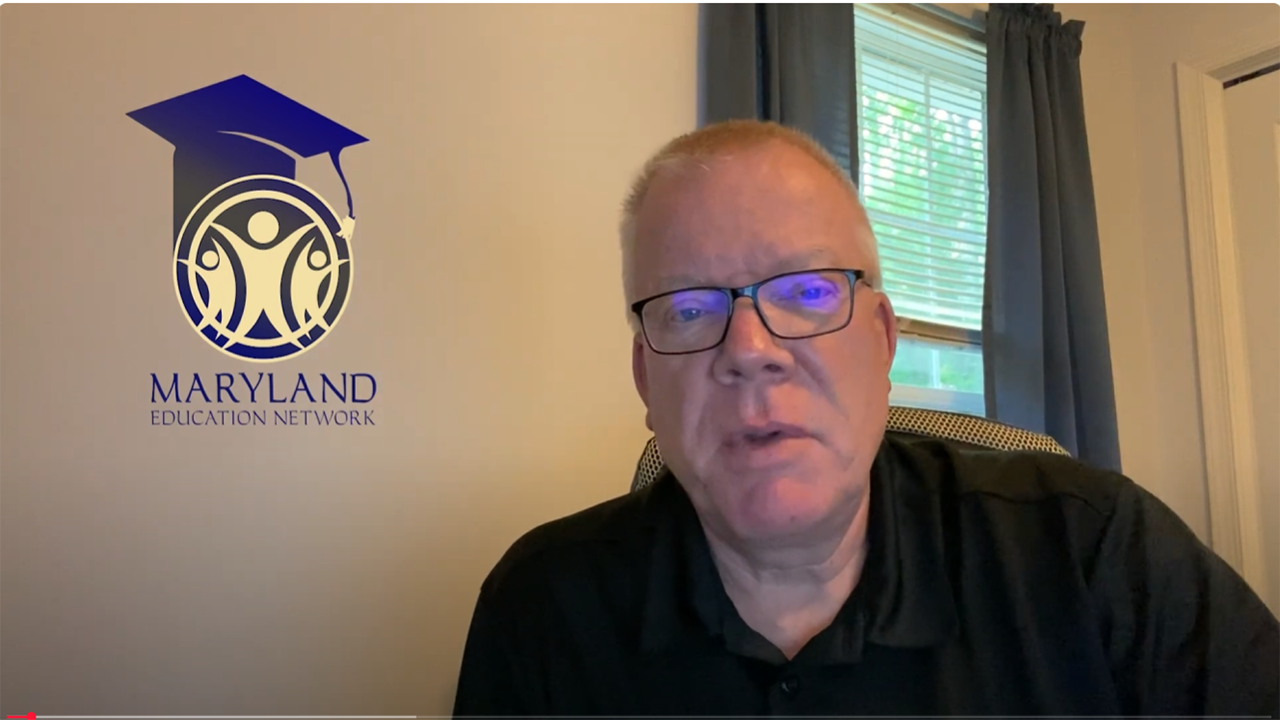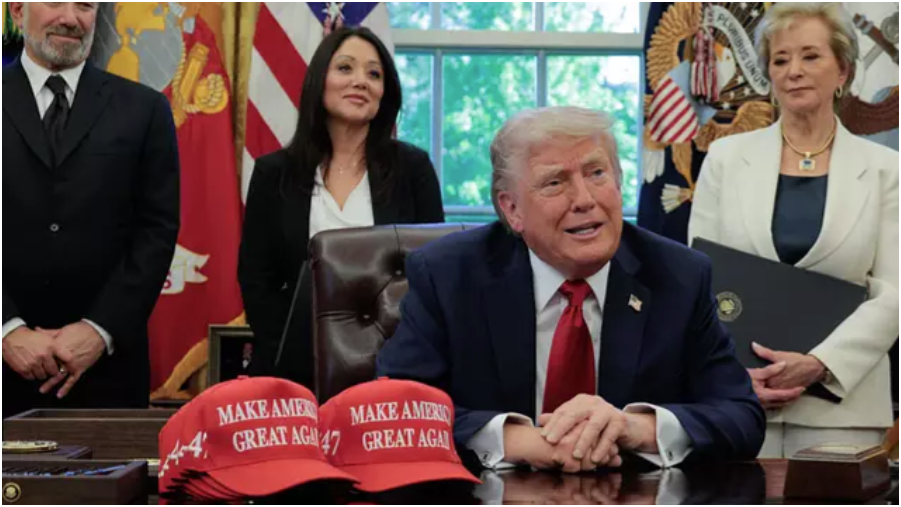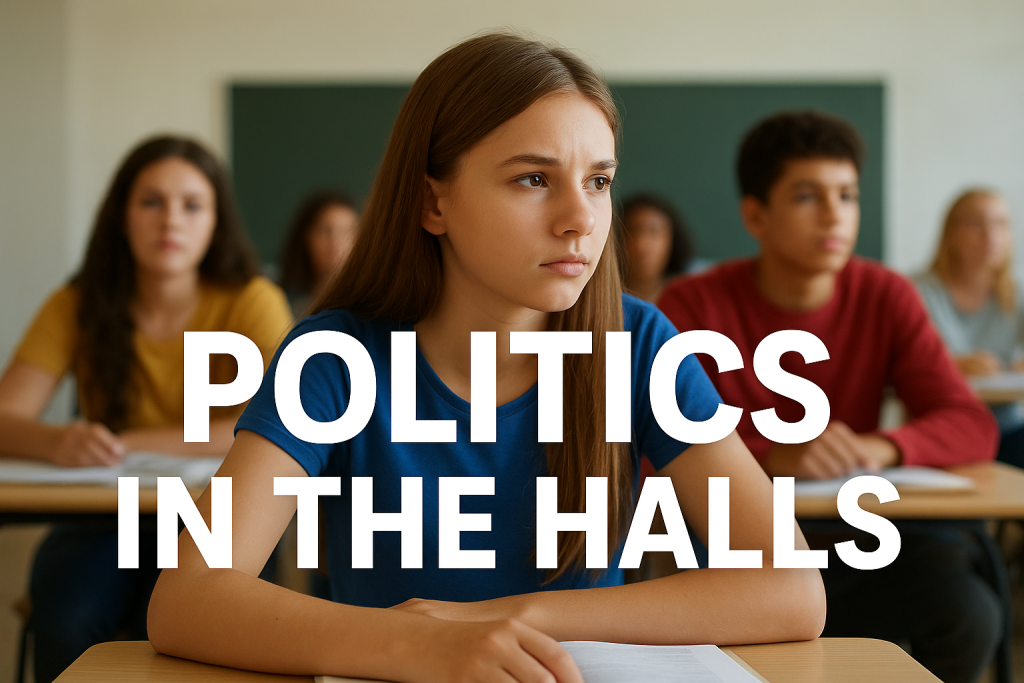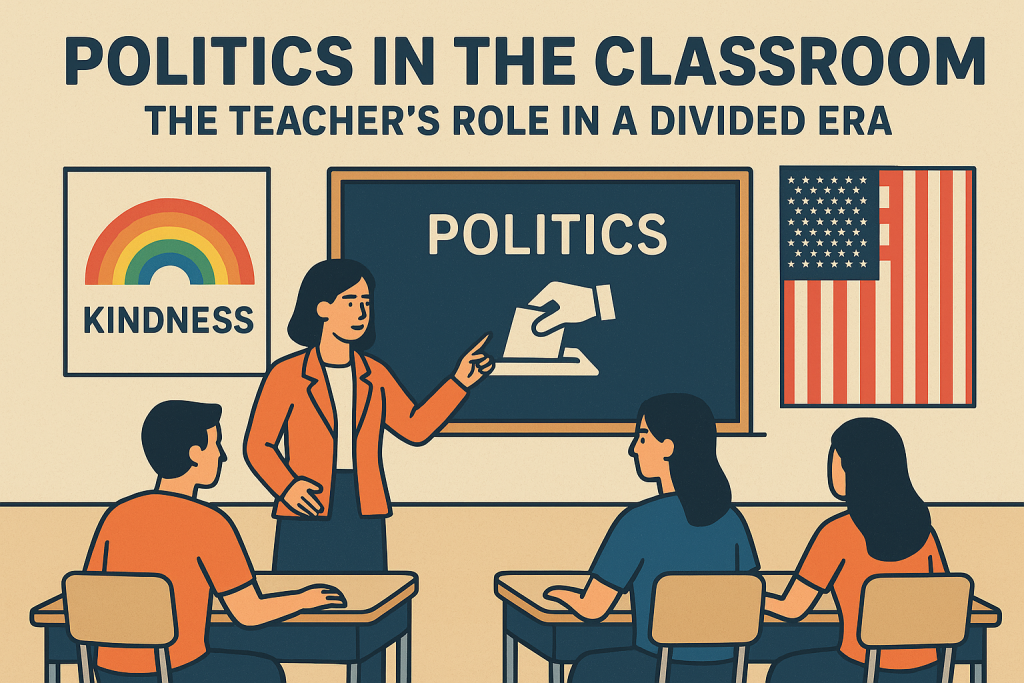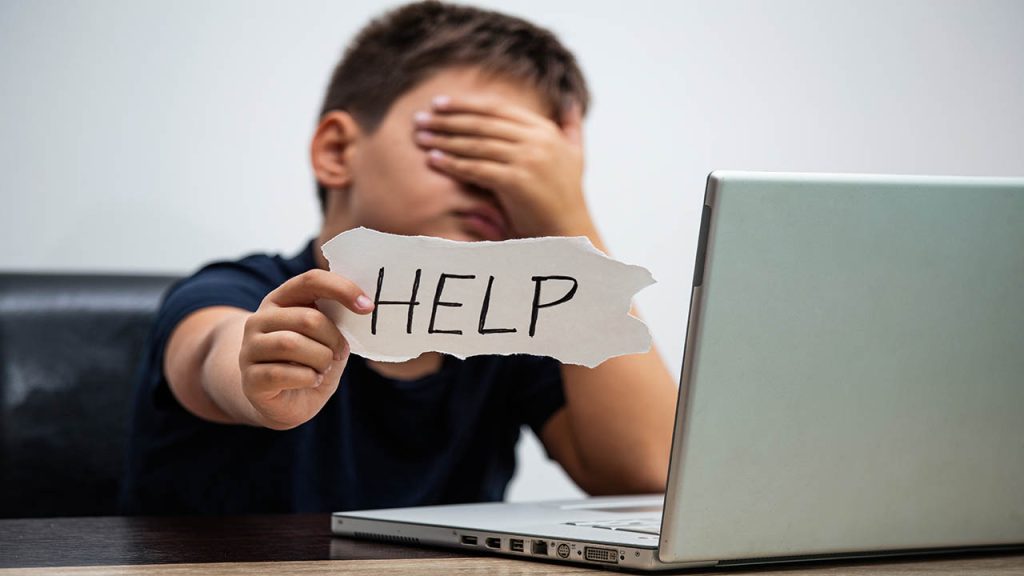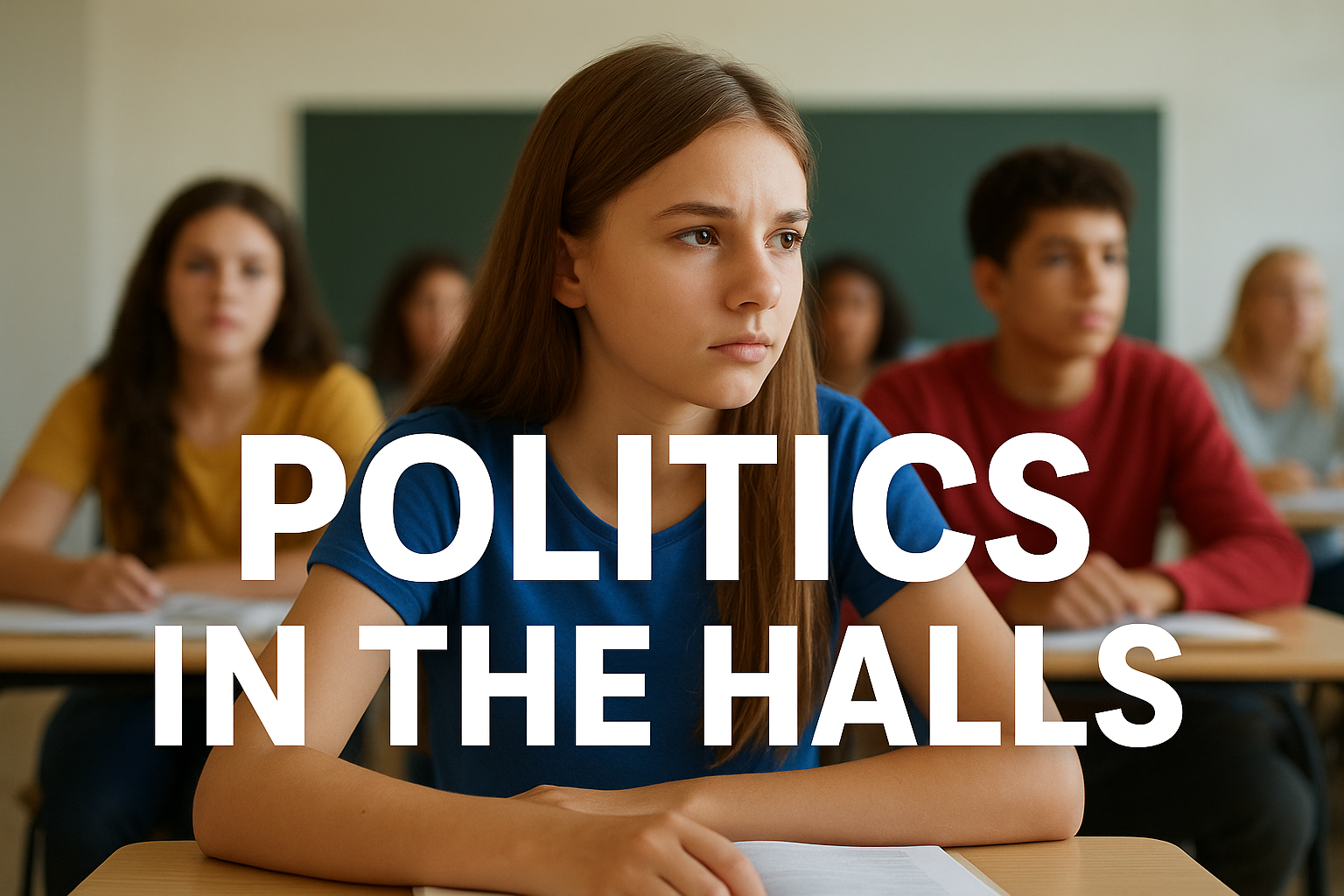
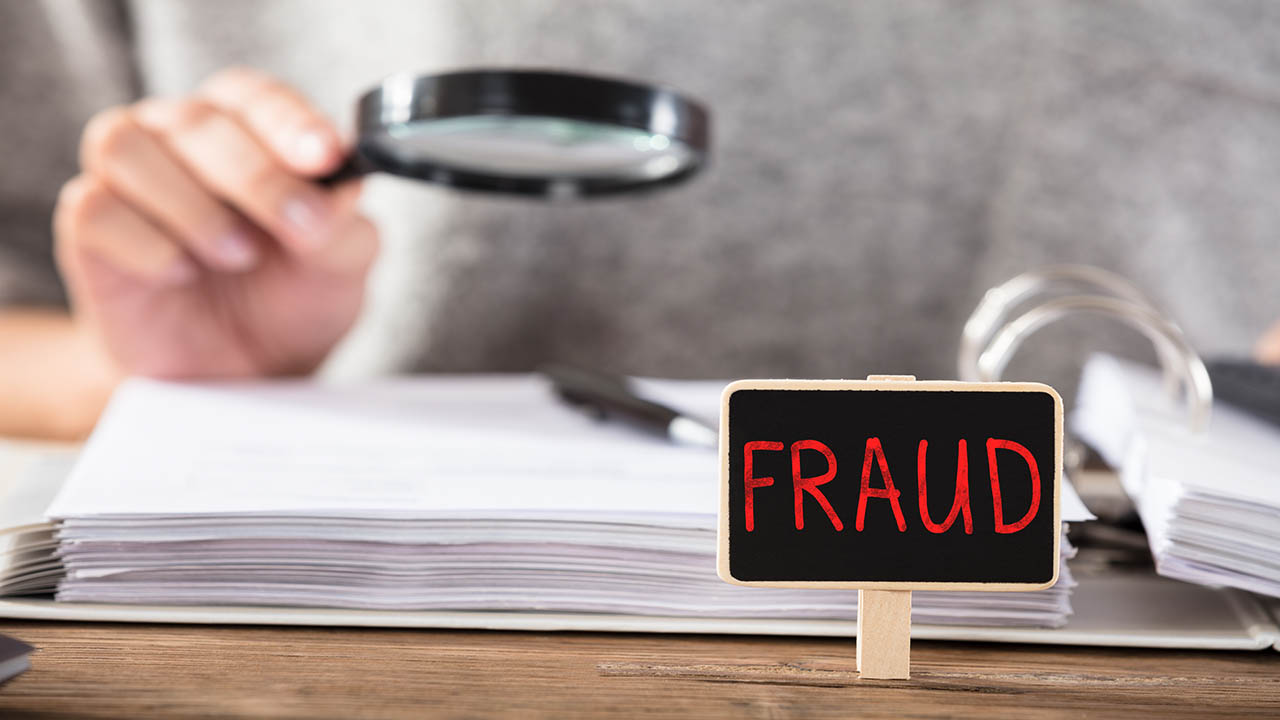
Residency Requirements and Realities in Maryland Public Schools: A Growing Challenge
By John Huber
MarylandK12.com
In Maryland, where a child lives used to be the sole factor in determining where they go to school. Over the past few decades, this has become increasingly complicated. Residency verification, once a simple matter of geography, now involves layers of documentation, legal exceptions, and investigative oversight. As families seek access to better educational opportunities, some resort to deceptive practices, creating a ripple effect across school systems, particularly in transportation.
Here I will look at Maryland’s residency requirements for public school enrollment, the rise of residency fraud, and the role of Pupil Personnel Workers (PPWs) to help sort it all out.
To enroll a child in a Maryland public school, families must provide several documents to prove residency. Each local education agency may have slight variations, but the Maryland State Department of Education outlines core requirements. These include proof of residency, such as a lease or deed, property tax bill, or mortgage statement. Families must also submit three pieces of mail dated within the past 60 days that show the parent or guardian’s name and address. Photo identification of the parent or legal guardian is required, along with a birth certificate, proof of custody or guardianship, and immunization records for initial enrollment. These documents are meant to prove that students attend schools in the district where they reside. However, the system is not foolproof.
To attend a school of their choice, as opposed to the one based on their address, some families misrepresent their residency. This is done for a variety of reasons, but mostly because parents are trying to enroll their child in what they perceive as a better school. Misrepresentation can take several forms, including using a relative’s or friend’s address, submitting falsified lease agreements, or claiming homelessness under the McKinney-Vento Act even when not eligible.
While the McKinney-Vento Act rightly protects students who lack a fixed, regular, and adequate nighttime residence, including those living in shelters, motels, or doubled-up with other families (called shared domiciles) it has also been misused by families seeking to bypass zoning restrictions. Under federal and Maryland law, homeless students must be immediately enrolled, even without typical documentation like proof of residency, immunization records, or school transcripts. Schools must also provide transportation to the school of origin or the school nearest the student’s current location.
While these protections are essential, they also create challenges for school systems trying to distinguish between genuine cases and fraudulent claims. The law requires schools to err on the side of access, which can inadvertently open the door to abuse. Once students are enrolled, it is very difficult to unenroll them.
To deal with residency fraud and support vulnerable students, Maryland employs Pupil Personnel Workers, or PPWs. These specialists are trained to assess student needs and verify residency. Their responsibilities include conducting home visits, investigating out-of-district enrollment, reviewing shared housing affidavits, coordinating with social services and legal authorities, and acting as homeless liaisons for students and families.
PPWs are often the frontline investigators when schools suspect residency fraud. They may contact landlords, speak with neighbors, or use public records to verify a student’s living situation.
Residency fraud has a direct impact on transportation logistics. When students attend schools outside their designated zones, bus routes become longer and more complex, resources are diverted from zoned students, overcrowding on buses increases, and costs rise due to expanded service areas. In some districts, transportation departments struggle to accommodate students who live far from the schools they attend, especially when their residency is under question. This strain contributes to the inefficiency in Maryland’s public education system.
At the heart of this issue is the tension between educational equity and system integrity. Families want the best for their children, and Maryland’s public schools vary widely in quality, safety, and programming. But when families circumvent residency rules, they may unintentionally displace students who live in the district, overburden school resources, and undermine trust in the system. Maryland’s challenge is to enforce residency rules fairly while ensuring that homeless and vulnerable students are protected.
Parents and stakeholders can take several steps to support the system. First, they should understand the rules, as each district has specific policies. Contacting the local school or visiting the MSDE website can provide guidance. Second, honesty is essential. Misrepresenting residency can result in withdrawal, back tuition charges, and even legal consequences. Third, transparency matters. Advocating for clear, consistent residency policies and better training for school staff helps build trust. Finally, engaging with PPWs is important. These professionals are not just investigators—they connect families to resources and support systems.
Residency verification in Maryland public schools is no longer a simple matter of geography. It’s a complex, evolving issue that touches on equity, legality, and logistics. As schools strive to serve all students fairly, stakeholders must work together to uphold the integrity of the system while ensuring that no child is left behind.
Dig Deeper With Our Longreads
Newsletter Sign up to get our best longform features, investigations, and thought-provoking essays, in your inbox every Sunday.
The MEN was founded by John Huber in the fall of 2020. It was founded to provide a platform for expert opinion and commentary on current issues that directly or indirectly affect education. All opinions are valued and accepted providing they are expressed in a professional manner. The Maryland Education Network consists of Blogs, Videos, and other interaction among the K-12 community.

